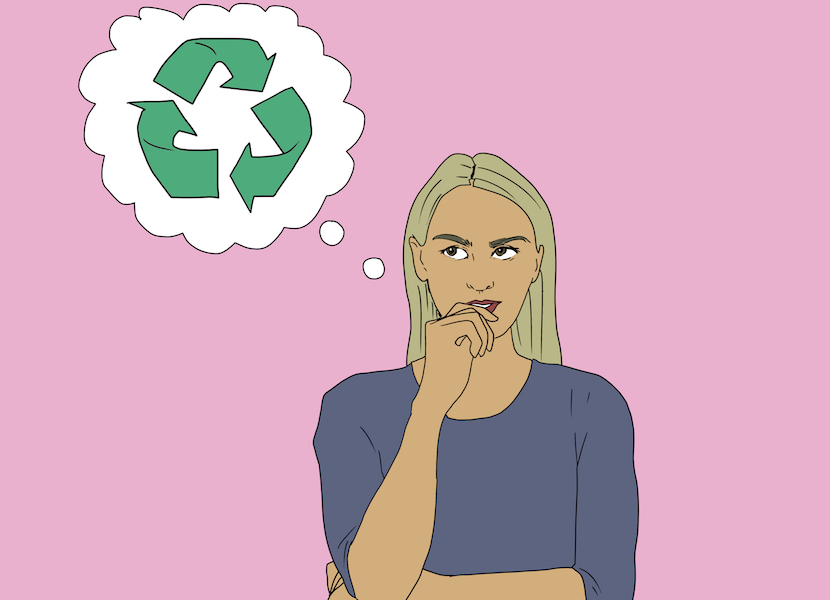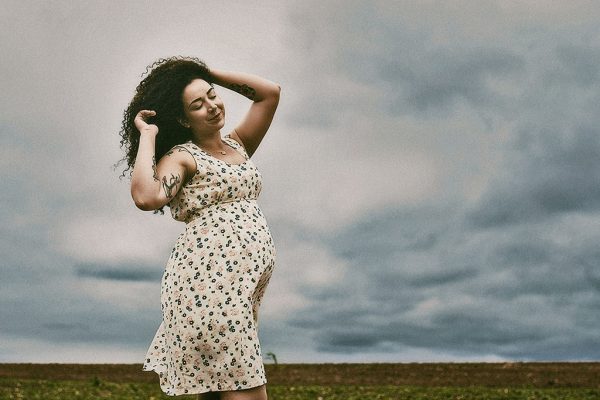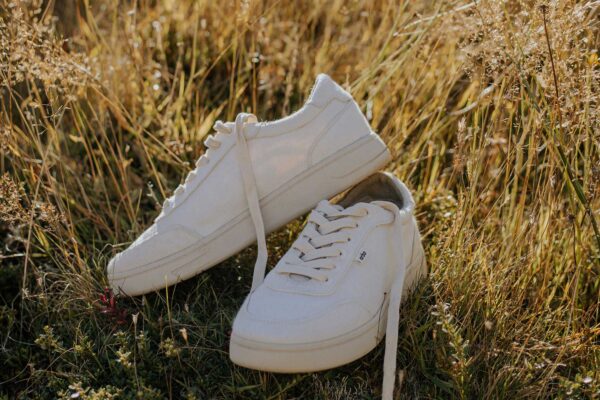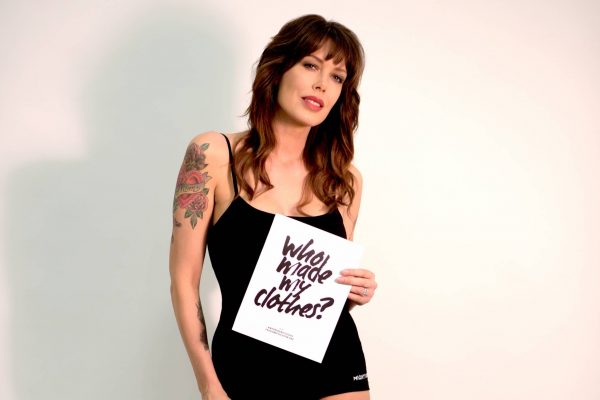Writer’s note: This is Australia focused, for other countries – please check your local websites
As someone that just moved out of a giant house share after living there for years, I understand the confusion of how to avoid dumping random stuff into the red bin.
With the current state of the world, it can seem insignificant to avoid one more item going into landfill, however together it can produce a powerful impact. It’s time to stop disposing of products that can easily be recycled for another life.
Image via Fashion Journal

Mobile phones & accessories
Mobile phones take a lot of raw materials to produce; don’t allow them to go to waste. If your phone is still working and not too old, there might be an option to trade-in for an upgrade. For example, Apple offers trade-in options for older models to use towards a new model in-store and online. For phones that don’t work or are too old to trade-in, there are several options. There are over 3000 drop off points in Australia in major phone retailers, they can be found here. There is also an option to send the phone in the mail with free MobileMuster satchels from AusPost.
Hair appliances
‘By recycling, contamination can be avoided and useful resources can be conserved, as up to 95% of materials can be recovered for reuse.’ – Planet Ark
We’ve all had a hair straightener that’s gone array, but they should NEVER go into landfill. Hair appliances are filled with toxic chemicals that can seep into the soil and contaminate the land. The best bet, if it’s broken, is to find the nearest e-waste drop-off, also check your local council for e-waste days. Most of the materials in hair appliances and e-waste can be recycled. If it’s still working, sell or giveaway on Facebook Marketplace, Gumtree or to a friend. I’ve got all my hair appliances from Facebook Marketplace, even with foreign plugs.
Mattresses
Bedding is one of the most common things to be thrown out of a household into landfill. The amount of mattresses on the street in Sydney is disgusting, especially since most of them look in reasonable condition. If you have a good mattress, don’t throw it out – the first point of call is to try and sell or give it away (eBay, Gumtree, FB Marketplace, some Salvos or friends). If not, there are several options for recycling a mattress. Firstly check the warranty and see if the company returns the mattress (IKEA US has introduced ANY mattress take-back scheme!). If it’s not under warranty (or second-hand), recycle it through Soft Landing. Soft Landing is a social enterprise that recycles materials in mattresses in NSW, WA, ACT, and VIC for a small fee for pick-up. It’s cheaper to get a mattress collected through Soft Landing than a council pick-up collection.
‘1.25 million mattresses currently find their way into Australian landfill each year. That equates to approximately 33,000 tonnes of steel, wood and foam that can be otherwise repurposed.’ – Soft Landing
IT equipment
Old IT equipment (working or not) can be dropped off at any local OfficeWorks to be recycled by suppliers (up to 98%). Up to five items can be dropped off at one time from a long list, including computers, laptops, printers, keyboards, etc. Remember to remove any personal data from laptops or computers just in case. If it’s an Apple product, the company has a take-back scheme for free (you might even make some money!).
https://www.youtube.com/watch?v=HEyHHMom4kY
Make-up and beauty containers
Make-up containers and personal product packaging can be a real stumper when it comes to recycling – most of them actually can’t go in normal yellow bins. Thankfully, TerraCycle has teamed up with several beauty brands to provide free packaging returns (check out the list online). Other beauty brands such as MAC, LUSH, and KIEHLS offer in-store recycling for old containers in exchange for products. Even better, next time opt for naked beauty such as LUSH naked with no packaging at all!
Coffee pods
Coffee pod recycling is all about the brand, as only some can be recycled. The major coffee brand Nespresso has a recycling scheme with TerraCycle – drop off at one of the 19000 collection points in Australia. Seven Miles is another coffee pod brand that allows take-backs through free postage via TerraCycle. It’s a tough call between coffee pods that can be recycled or ‘compostable’ pods, as the latter need to be sent to commercial composting to biodegrade!
Contact Lenses
Billions of people wear disposable contact lenses globally, which equals a big pile of plastic. TerraCycle and Bausch + Lomb have teamed up to reduce this waste. They have created a free recycling program that allows contact lens users to recycle any brand of contact lenses and blister packs for free. There are 1000s of drop off locations (view the map) or sign-up online and ship the box of lenses to TerraCycle with free postage labels. For more details, read how it works here. Easy peasy.
Bras
‘For women in the developing world a bra is often unobtainable or unaffordable. In 2011, bras were sent to the Philippines, Vanuatu, Fiji and the Northern Territory.’ – Uplift Bras, Planet Ark
Give your bra an uplight with The Uplift Project, an organisation that distributes donated bras to women in need in disadvantaged communities (bras must be in good condition). Bras can also be given to Op shops for another life if they are in good condition. If your bra has seen better days, it’s time to drop it off to be recycled like other garments. H&M and Zara have clothing drop off bins in-store, which provide discount vouchers for each bag.
Don’t forget – recycling should be the last option after reducing and reusing!


